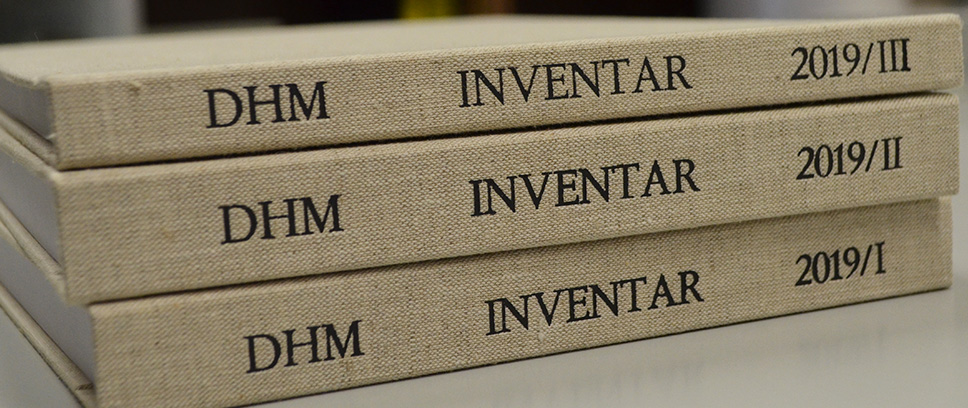
“From nativity figures to baroque paintings – we deal with everything”: On the department of Overall Inventory and First Inventorisation in the department of Central Documentation
Nina Bätzing und Liane Marr de Arenas | 2. August 2023
The collection of a museum is never static and complete, but always continues to grow. The Deutsches Historisches Museum (DHM), for example, administers a broad spectrum of collections consisting of many different materials from past and present, which is reflected in the great variety of the objects. The DHM takes as many as 7,000 new objects into the collection every year. All these new objects are registered centrally in the collection’s database by the department of Overall Inventory and First Inventorisation so that the new objects are listed among the assets of the DHM Foundation. For these activities, registrars Nina Bätzing and Liane Marr de Arenas use their wide range of experience to deal with the many different historical exponents: from bride’s shoes to nativity figures, from paper bags to baroque paintings. In this article we take the occasion of the transfer of responsibility from our longstanding staff member Liane Marr de Arenas to Nina Bätzing to take a closer look at the multifaceted spectrum of tasks and duties of the department “First Inventorisation and Overall Inventory”.
All new arrivals are registered in the museum’s management system. In the course of this first inventorisation of all new objects, the donation or purchase documents are brought together and all information is gathered to provide an explicit identification of the object, including a short designation and subject term, dating, an assignation to the respective collection and restoration department, the provenance and previous owner as well as copyright, personal right and legal right of use. The annually printed Inventory Book is a legally binding documentation of the ongoing growth of the collection of the Deutsches Historisches Museum.
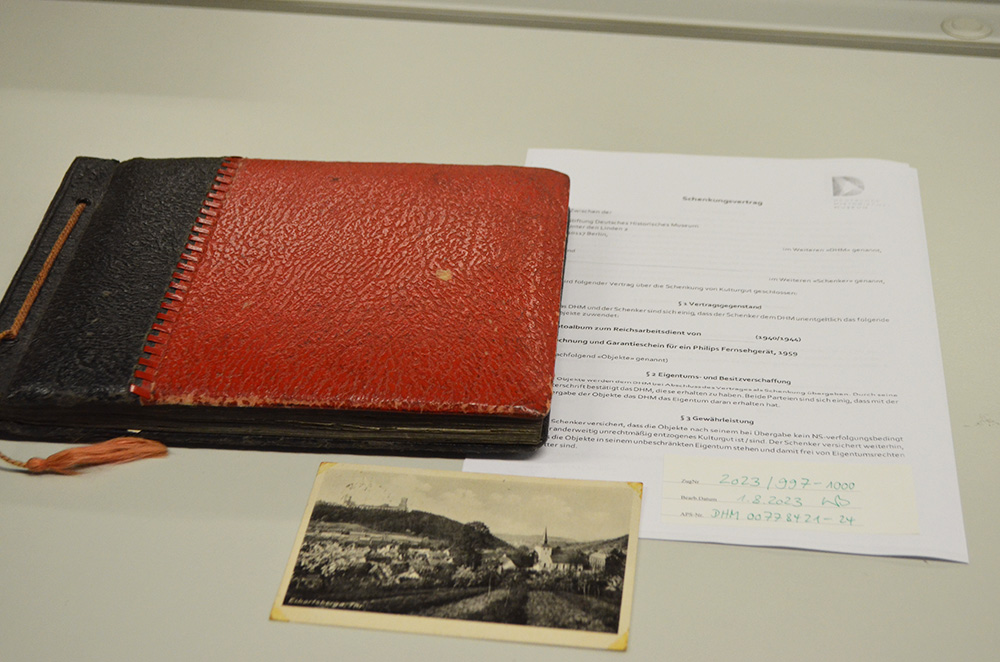
After an access number has been assigned and the basic information registered, the object and a photograph of it are passed on to the relative collection area. There it receives an inventory number for the specific collection area; the location of the depot is then determined and further information about the contents and context of the object is added.
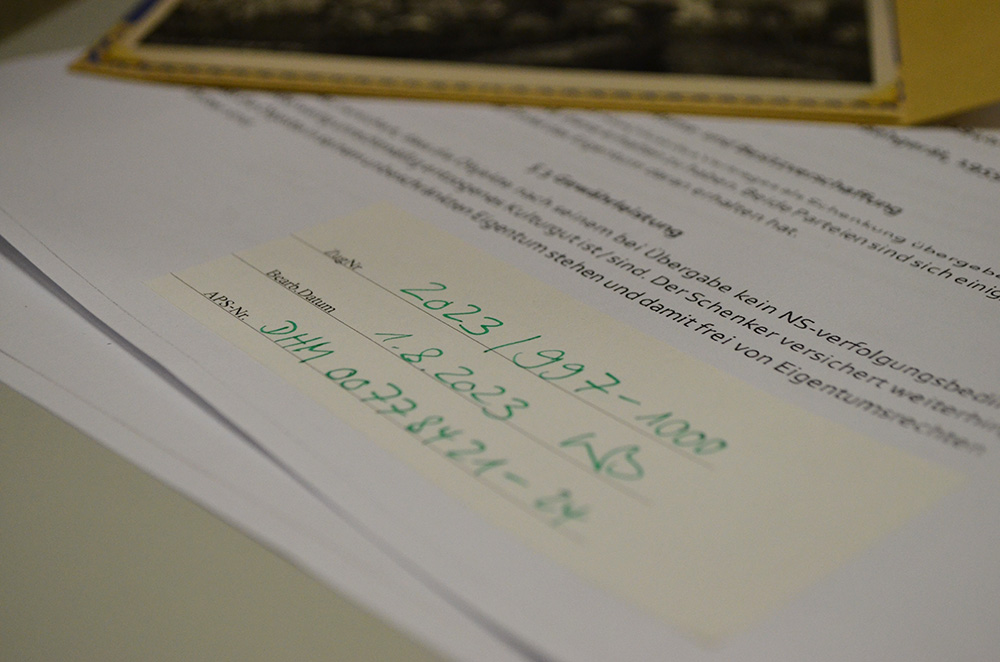
Museum objects can come to the DHM through different channels: as a purchase, a donation or a transfer from other federal institutions, etc., or through returns in the course of the DHM’s own, proactive provenance research. All legal aspects are taken into account in the acquisition contracts, so that the object can be put on display or loaned out to other museums. This means that not only the ownership and possession rights, but also the copyright and usufructuary rights, have to be defined in the purchase and bestowal contracts, which then makes it possible, for example, to publish the object in printed or digital form. These legal conditions are permanently documented in the Central Documentation, recorded in the collection database, and thus made accessible to other users in the DHM, such as the staff of the Living Museum Online (LeMO), the curators of various exhibition projects, or for the work of the education and communication department. Only collection objects whose right to publication has been cleared can be shown online, for example. With purchases of works by contemporary artists, the registrars must also take heed that contributions are paid over to the Künstlersozialkasse (artists’ social insurance), which are computed and billed once a year.
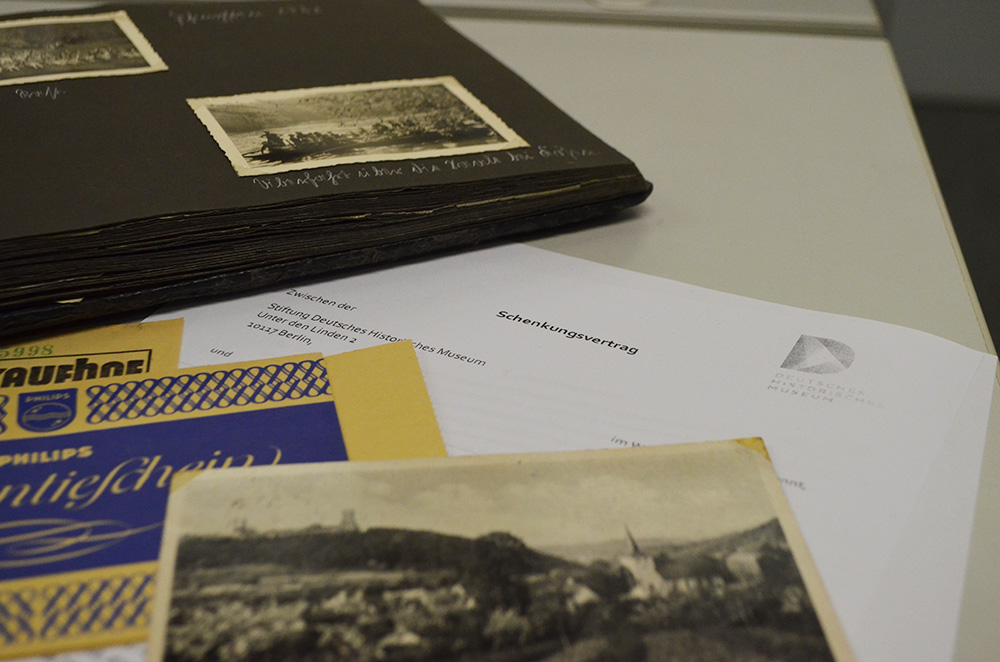
The purchase budget of the collections for new objects is calculated annually “down to the penny” with the financial accounts department, and an account book is prepared. Purchases made by means of third-party funds or bestowals with a donation receipt are calculated separately due to the requirement to provide proof. The Central Documentation also informs the restoration department about particularly important and valuable arrivals, because these objects have to be specially examined as to their conservational condition and authenticity, if necessary.
The administration tasks of the overall inventory department also comprise the legally exact and standardised registration of objects that permanently leave the collection. In rare occasions, report has to be made of the loss or removal of objects from the museum due to theft, serious deterioration, or other kinds of destruction. In the course of provenance research, i.e. research about the possible previous unlawful expropriation of an object, it often happens that the rightful owner is determined and the object is “restituted”, i.e. returned, such as recently happened with a painting by Hermann Knackfuss, which was determined to have been confiscated during the Nazi period. The Central Documentation permanently preserves all the information about these former collection objects together with the original acquisition documents from when they first arrived. Thus they can still be researched by digital or analogue means and remain verifiably part of our collection history.
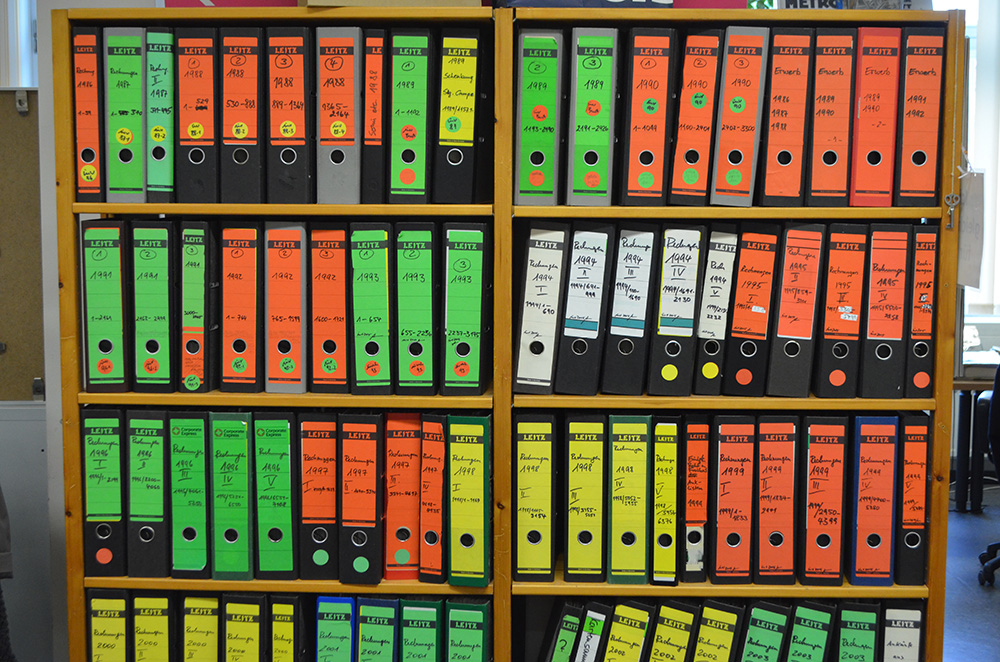
All objects – new acquisitions and removals – must therefore be handled by the registrar who is responsible for the overall inventory of the DHM: without a doubt a complex and varied task!
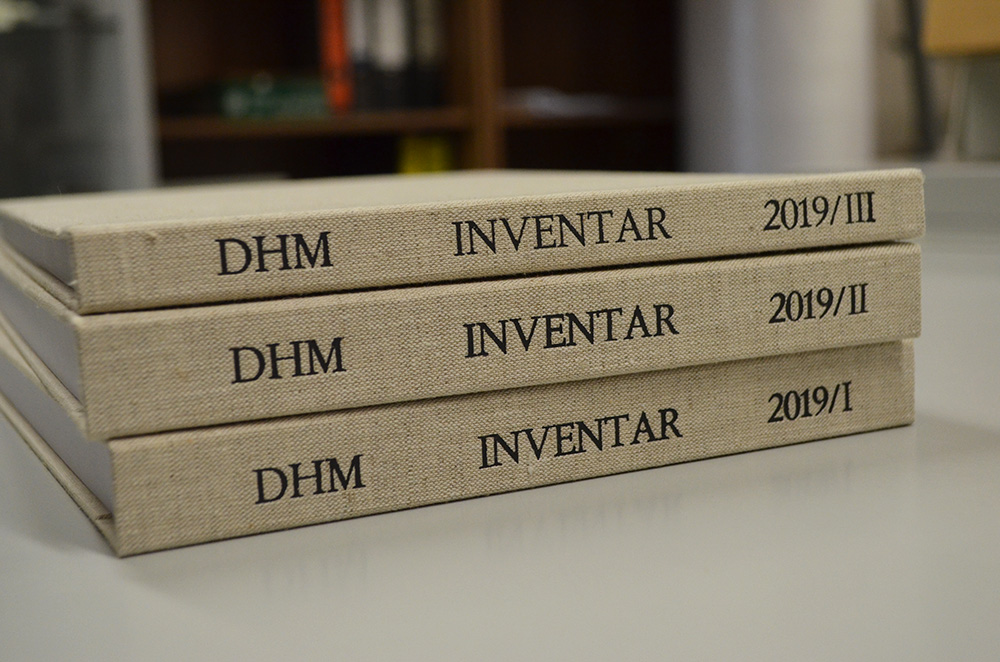
|
© DHM/Thomas Bruns |
Nina BätzingNina Bätzing is a Registrar in the Central Documentation Department at the Deutsches Historisches Museum, responsible for overall inventory and initial inventory. |
|
© DHM/Thomas Bruns |
Liane Marr de ArenasLiane Marr de Arenas is a Registrar in the Central Documentation Department at the Deutsches Historisches Museum, responsible for overall inventory and initial inventory. |

